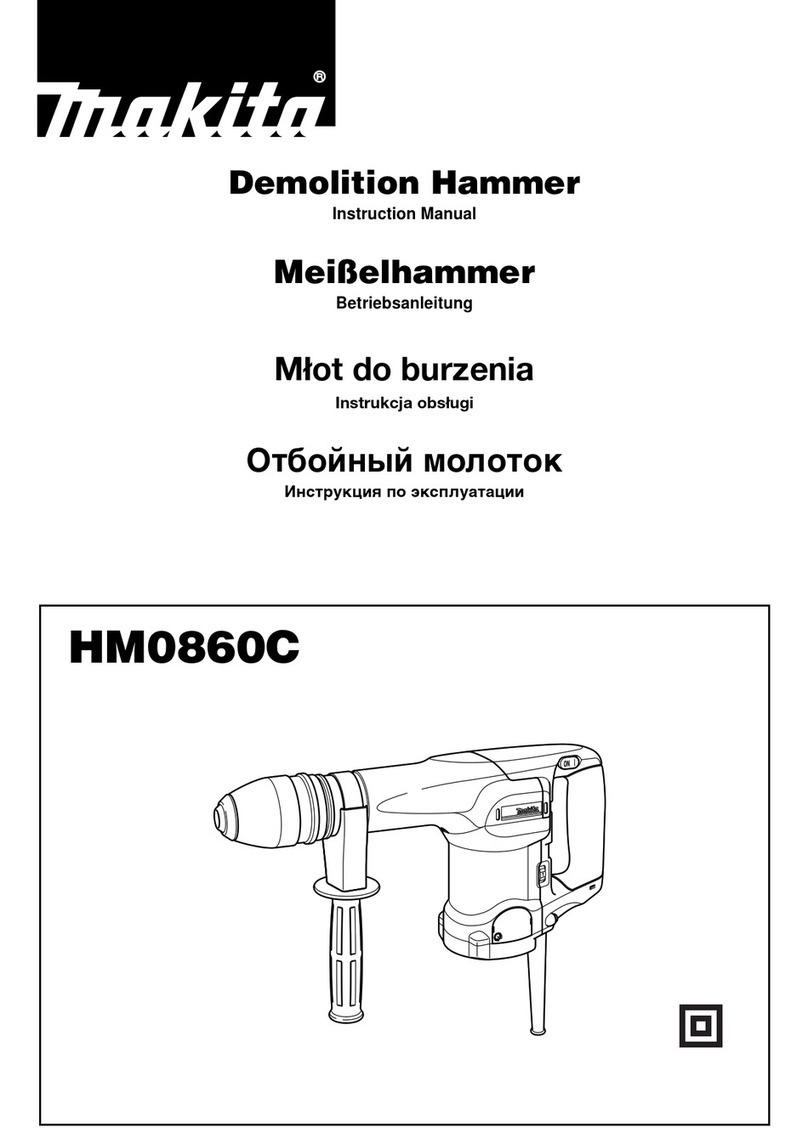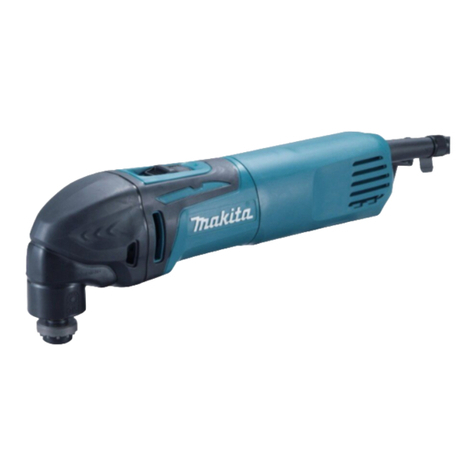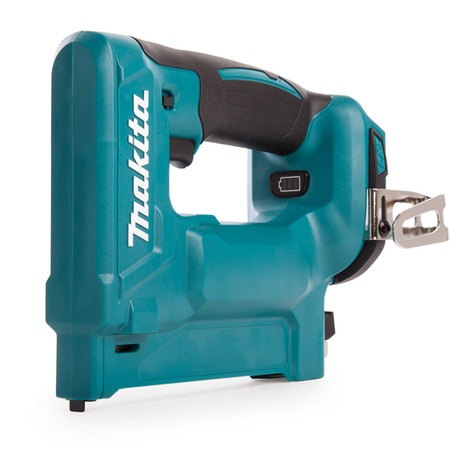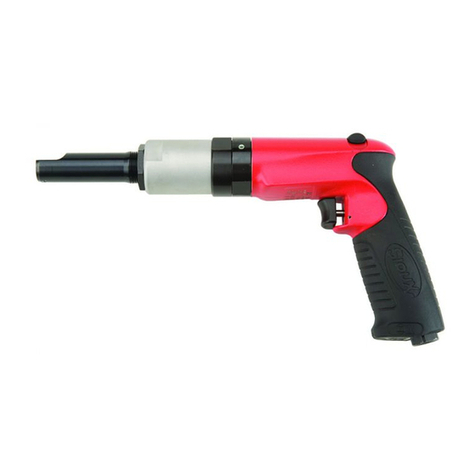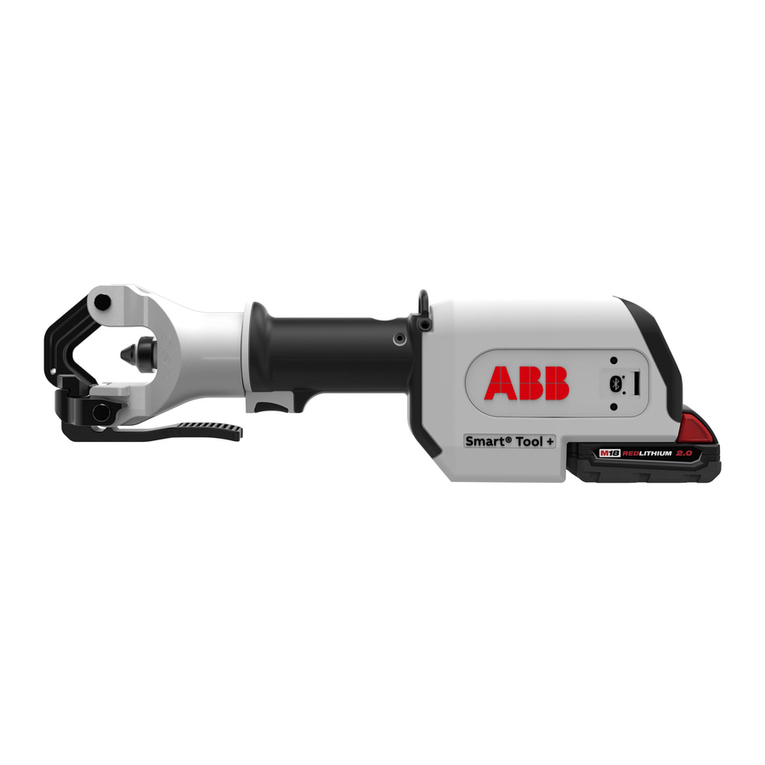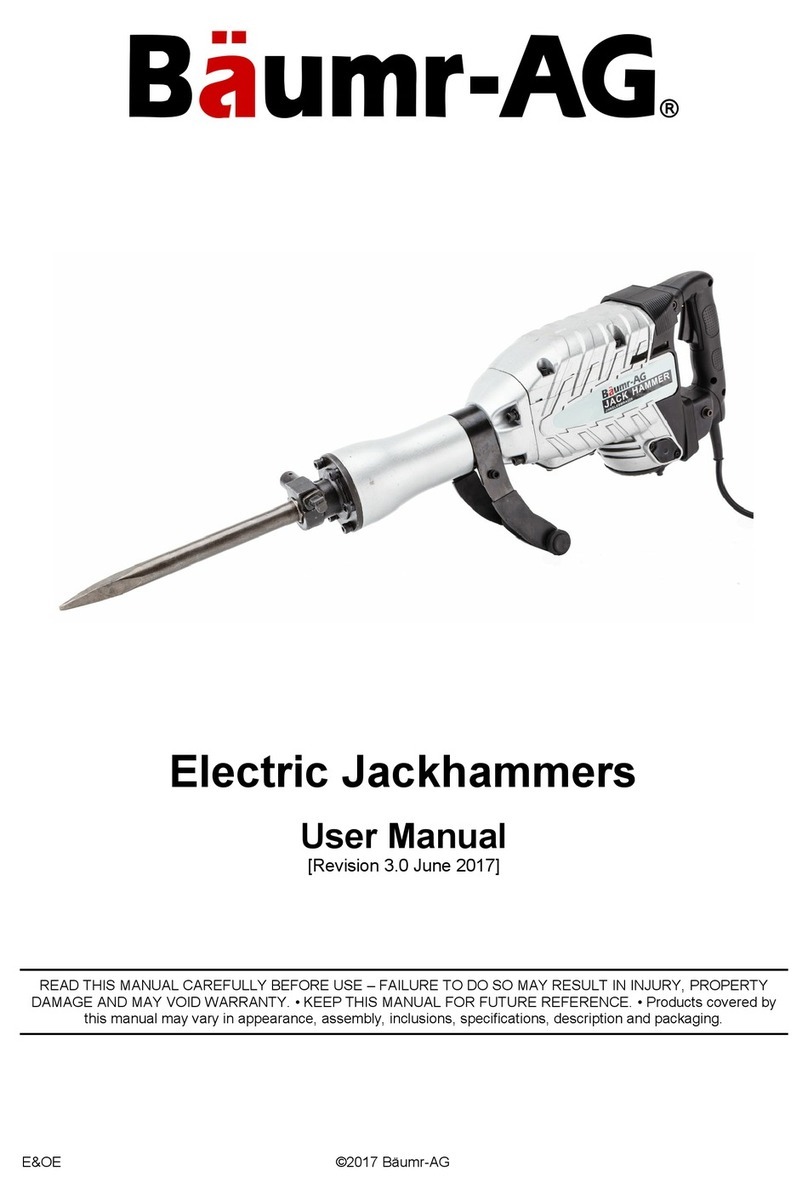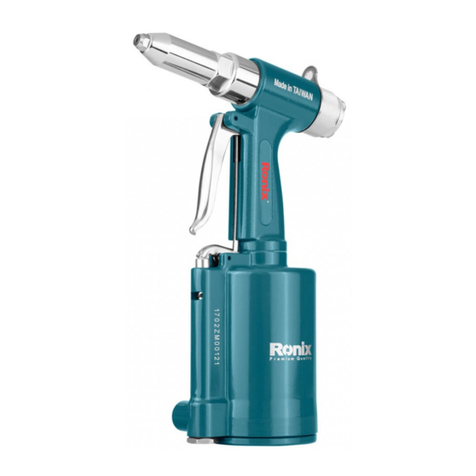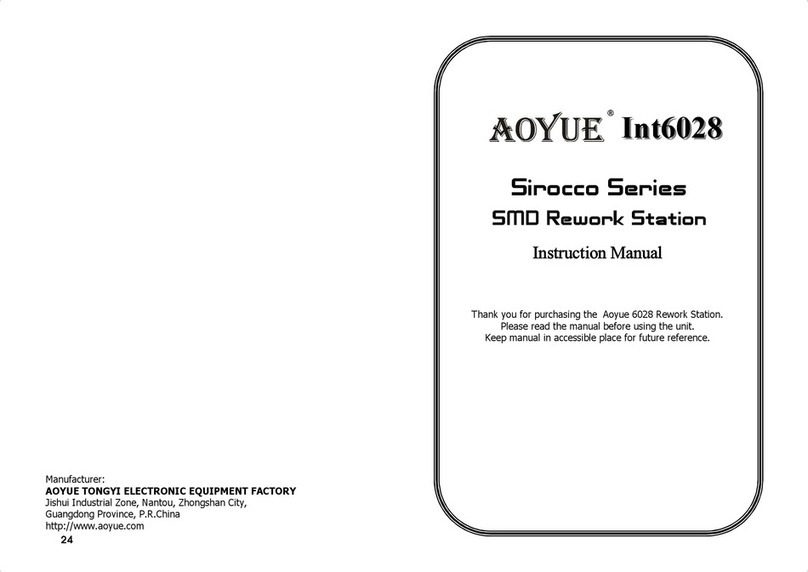Makita BTW110 Manual
Other Makita Power Tools manuals
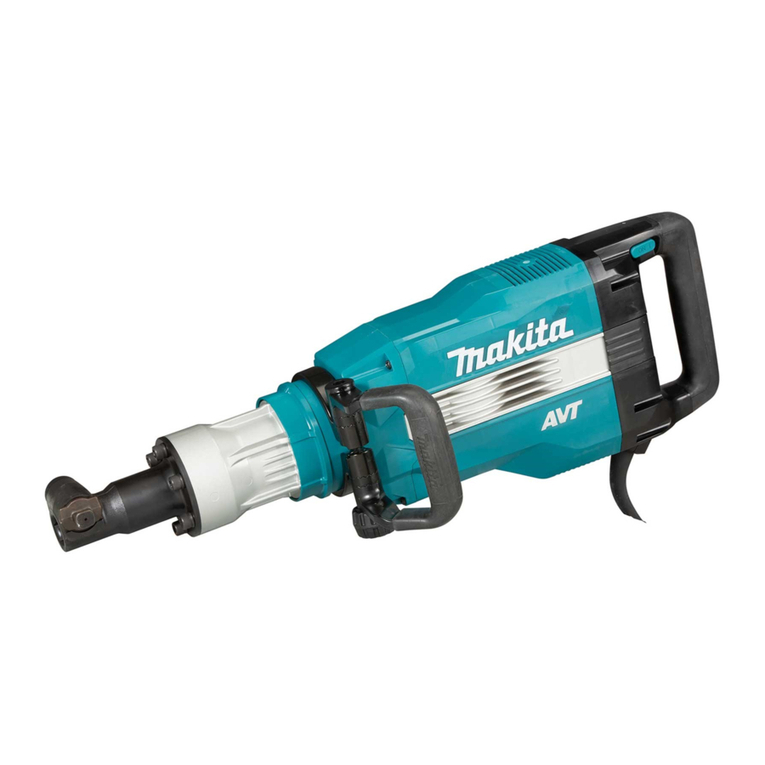
Makita
Makita HM1511 User manual
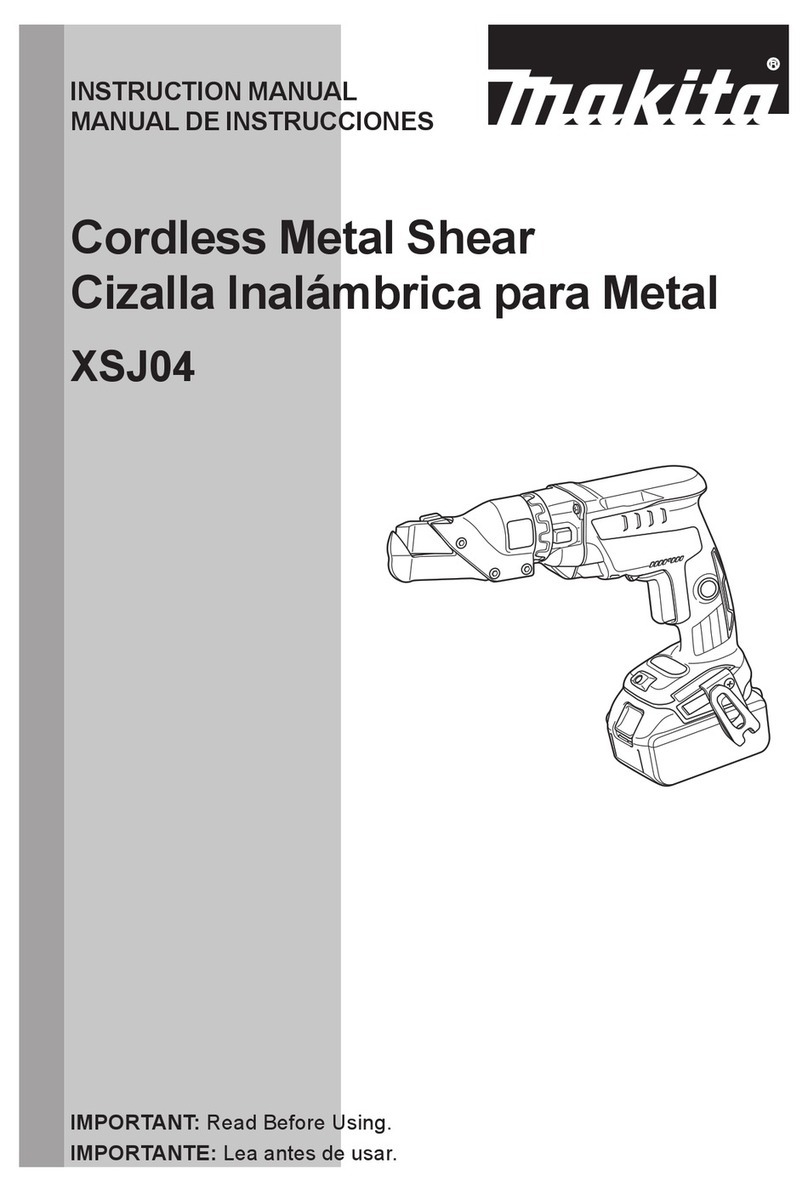
Makita
Makita XSJ04 User manual
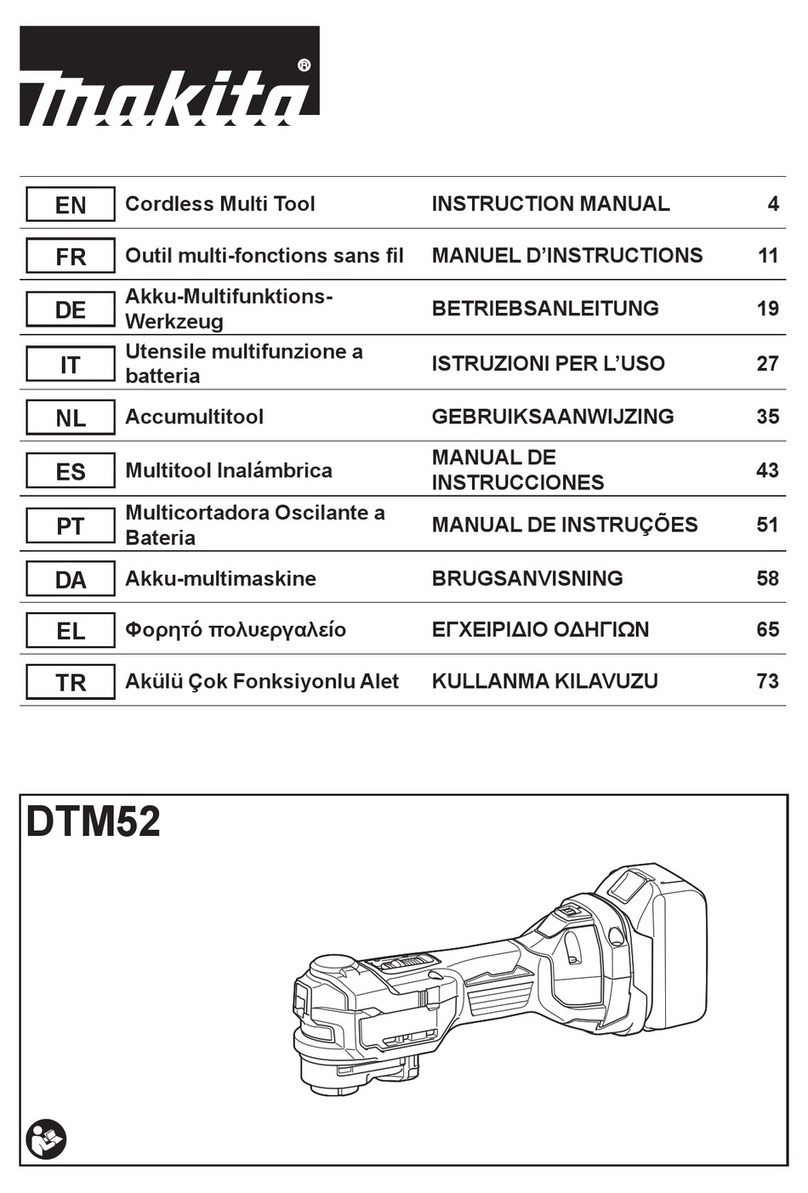
Makita
Makita DTM52ZJ User manual
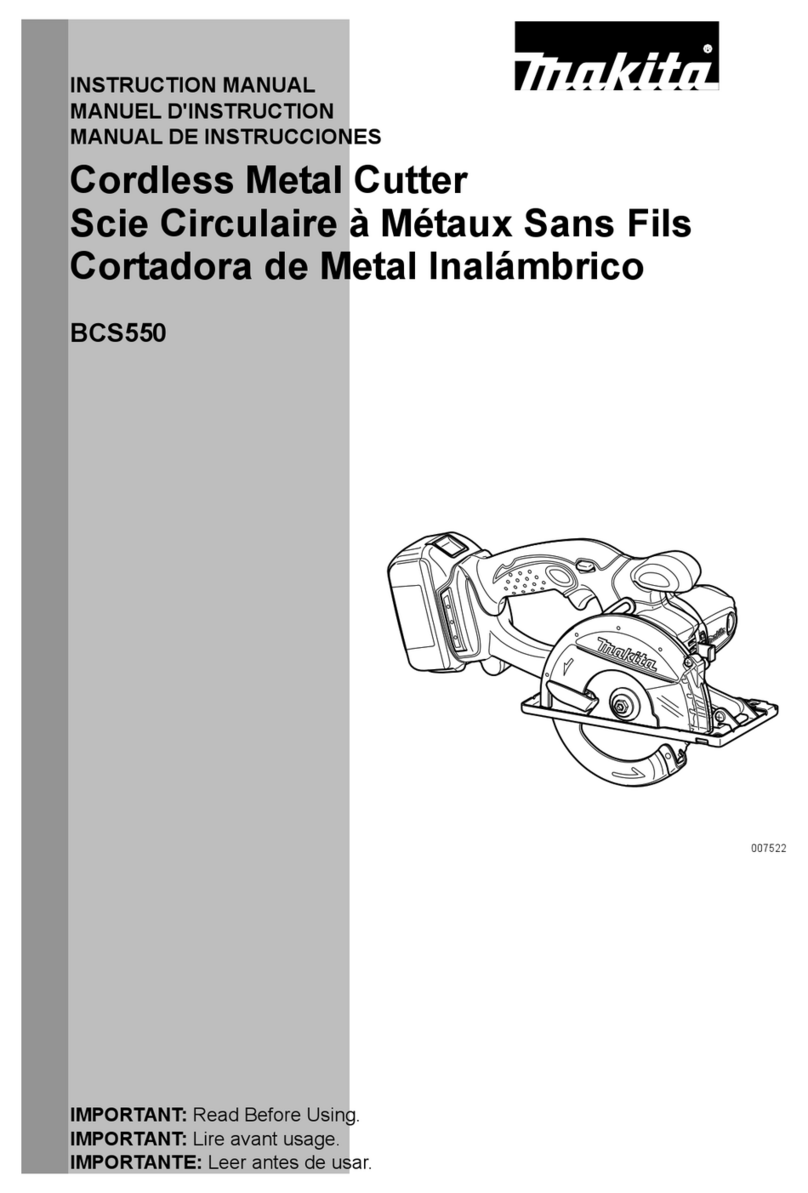
Makita
Makita BCS550 User manual

Makita
Makita 4340T User manual
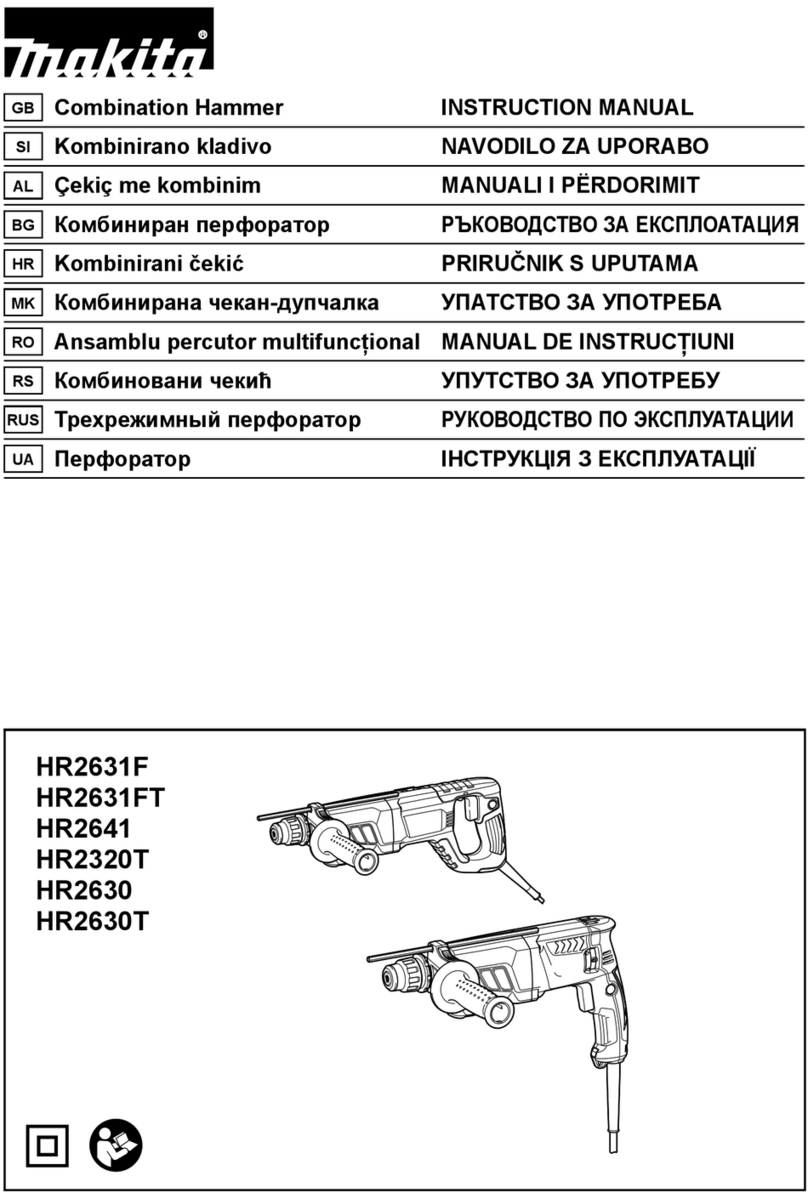
Makita
Makita HR2631F User manual
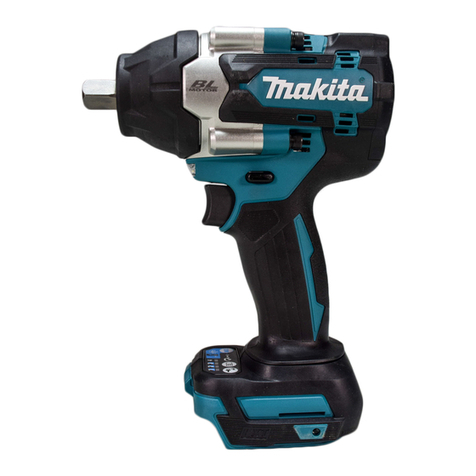
Makita
Makita XWT17 User manual

Makita
Makita DJV182 User manual

Makita
Makita 6920NB User manual
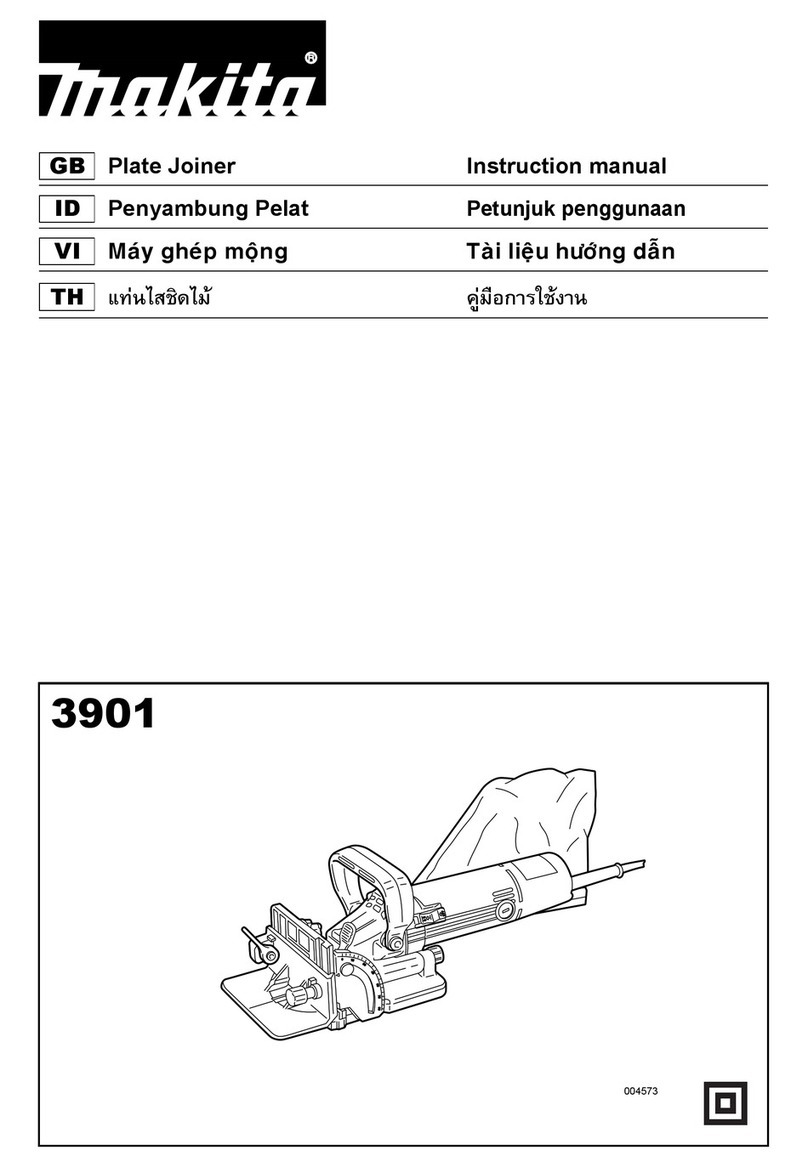
Makita
Makita 3901 User manual
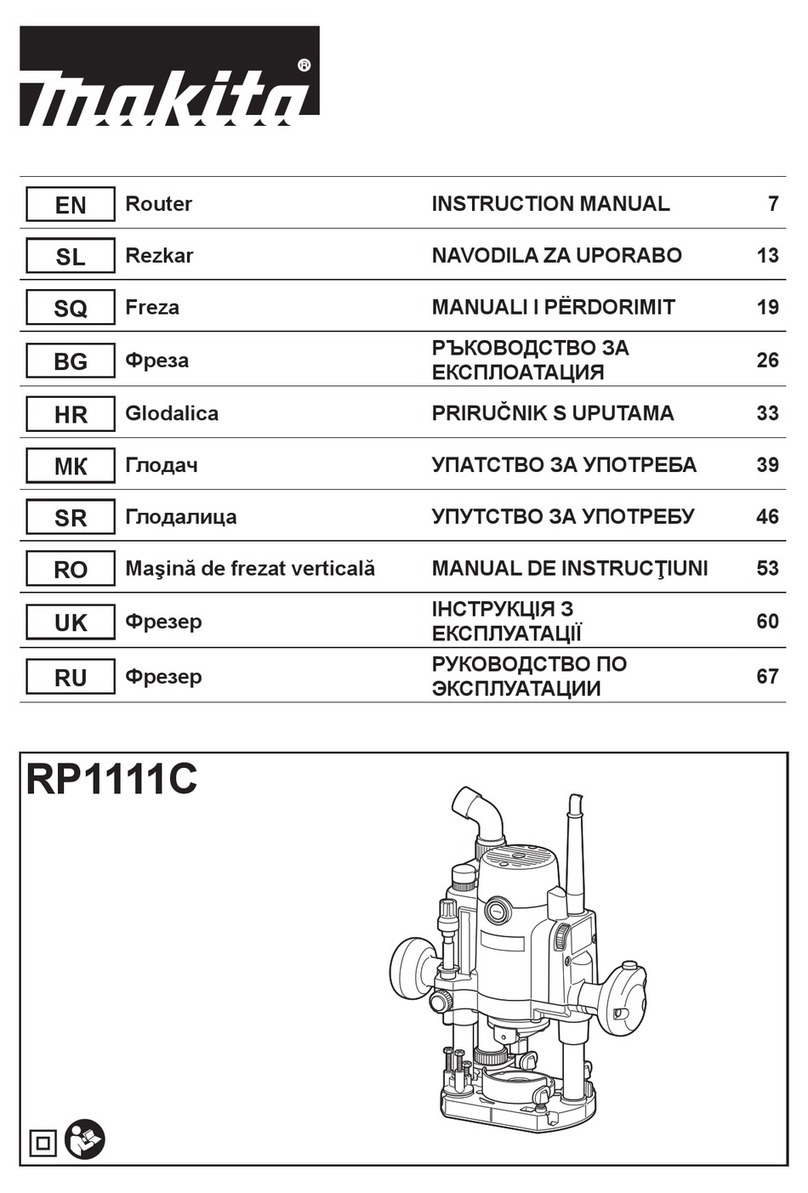
Makita
Makita RP1111C User manual

Makita
Makita DTW190 User manual
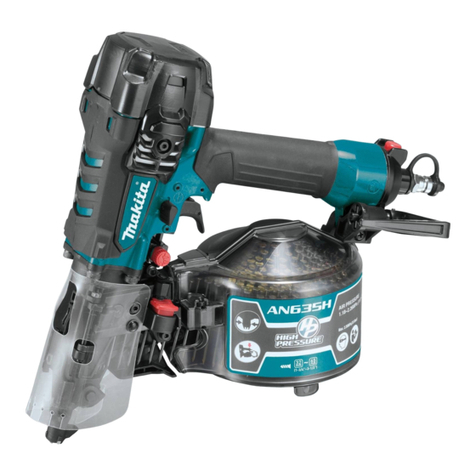
Makita
Makita AN634H User manual
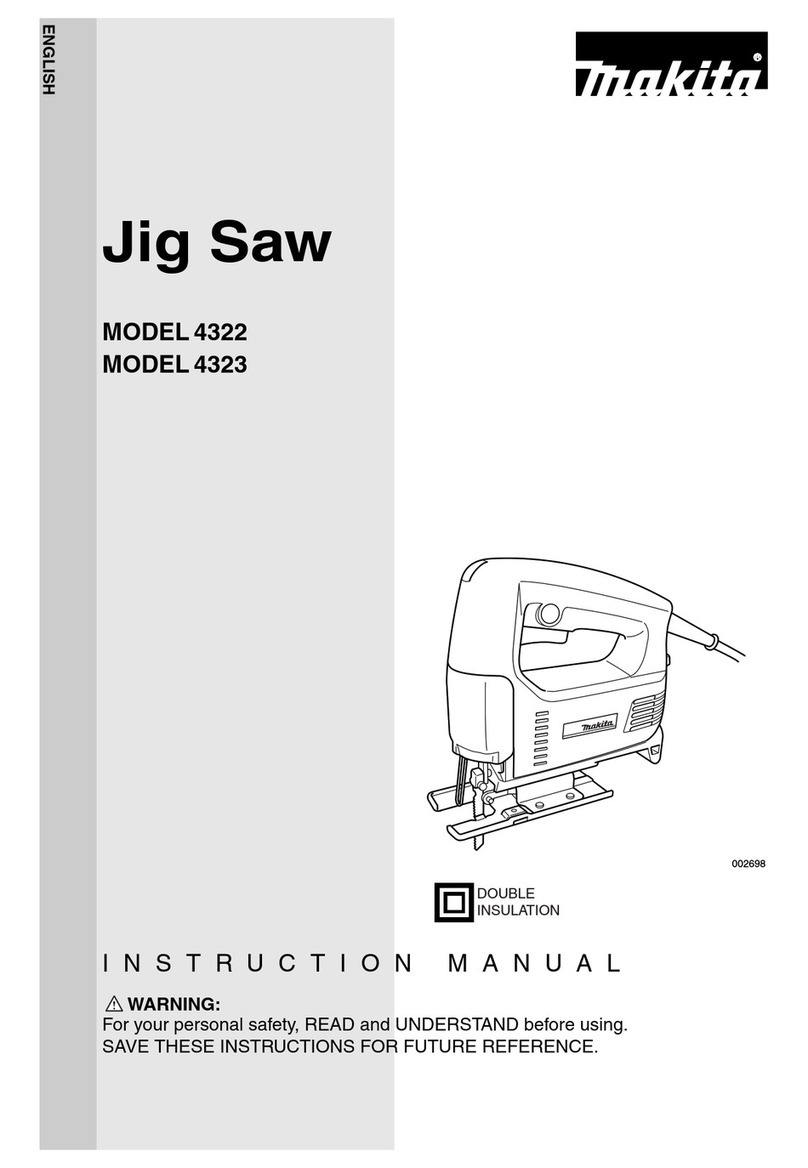
Makita
Makita 4322 User manual
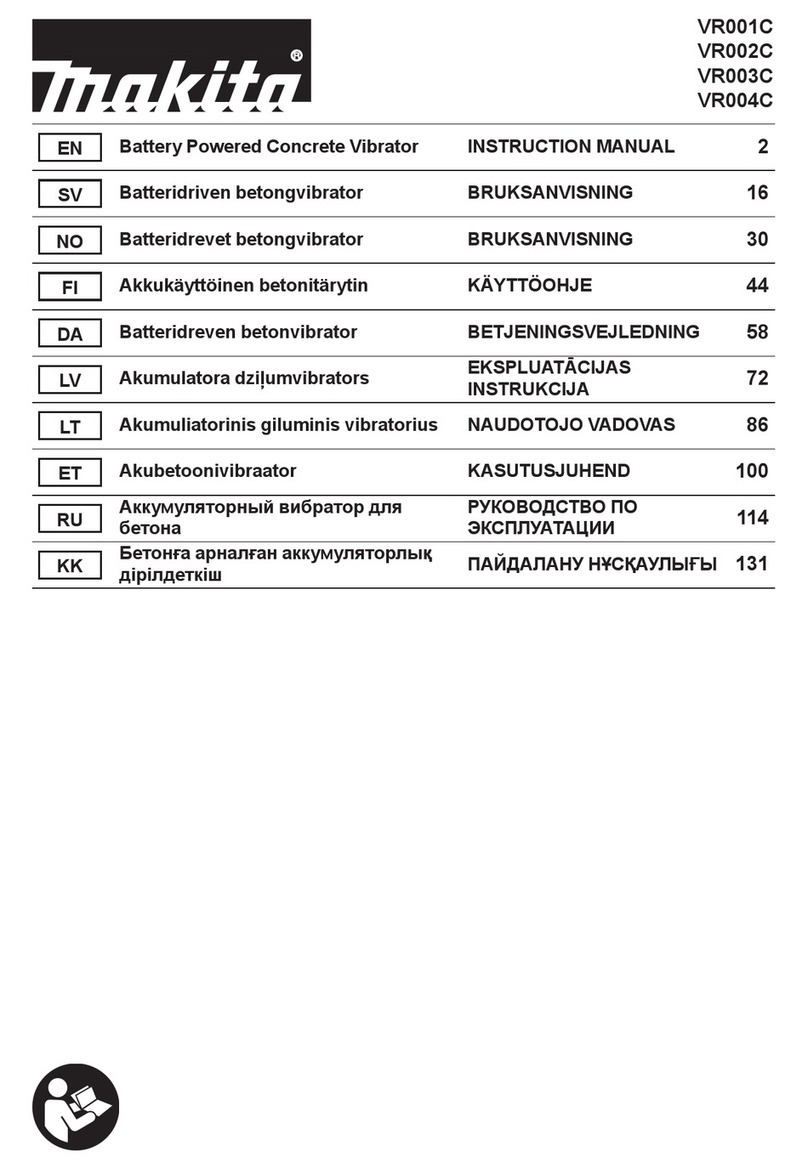
Makita
Makita VR001C User manual
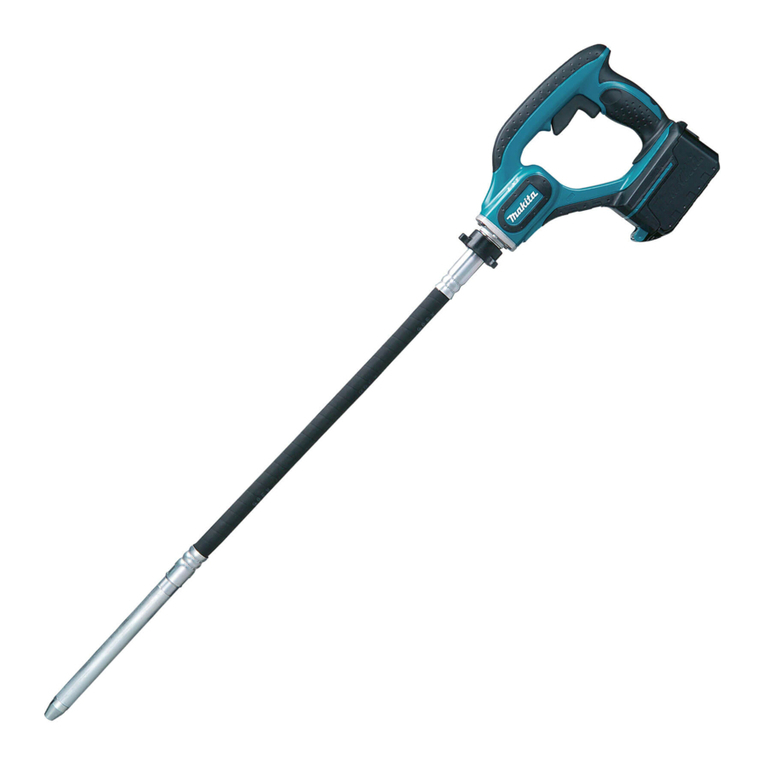
Makita
Makita DVR340 User manual
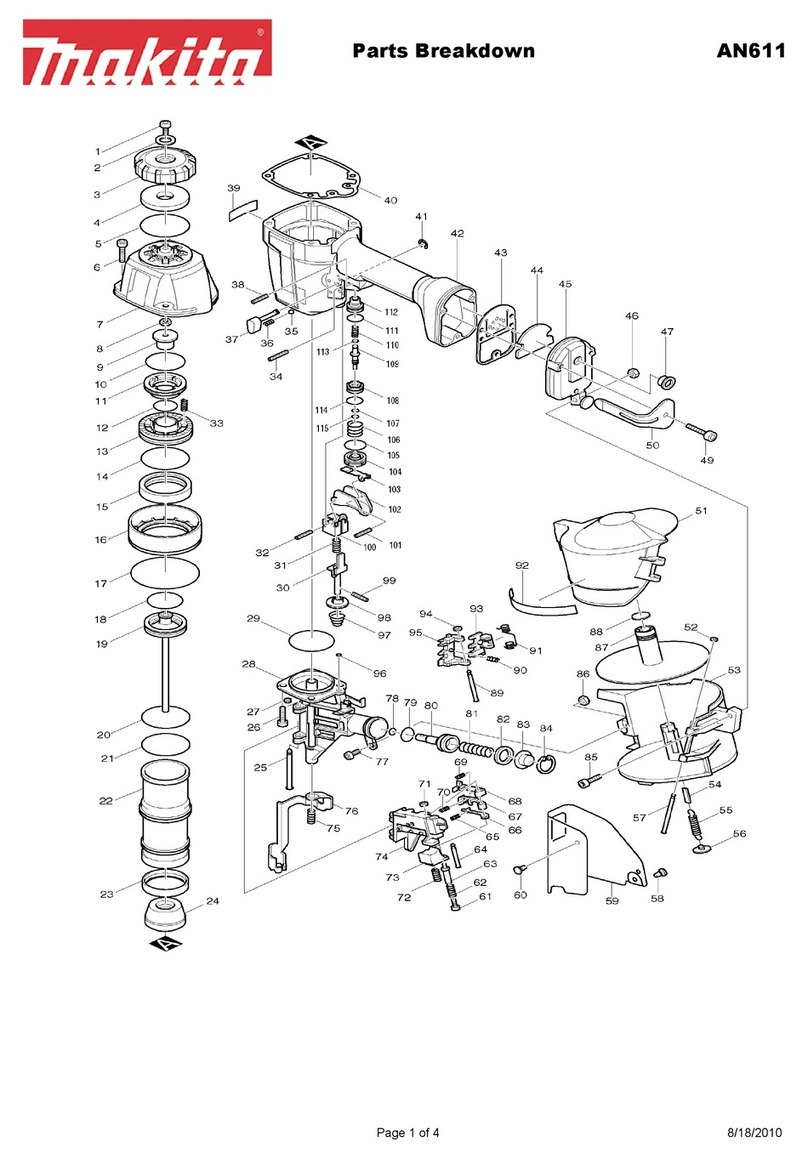
Makita
Makita AN611 Quick start guide
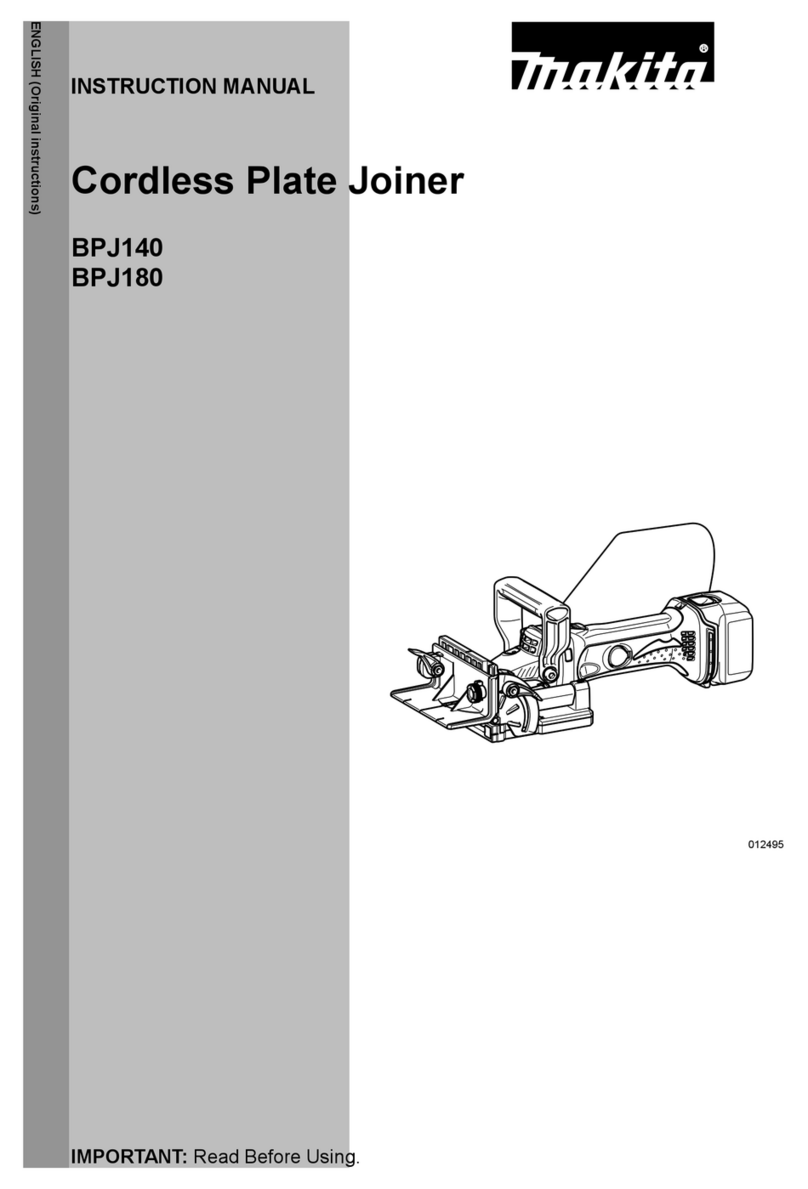
Makita
Makita BPJ140 User manual

Makita
Makita HRH01 User manual
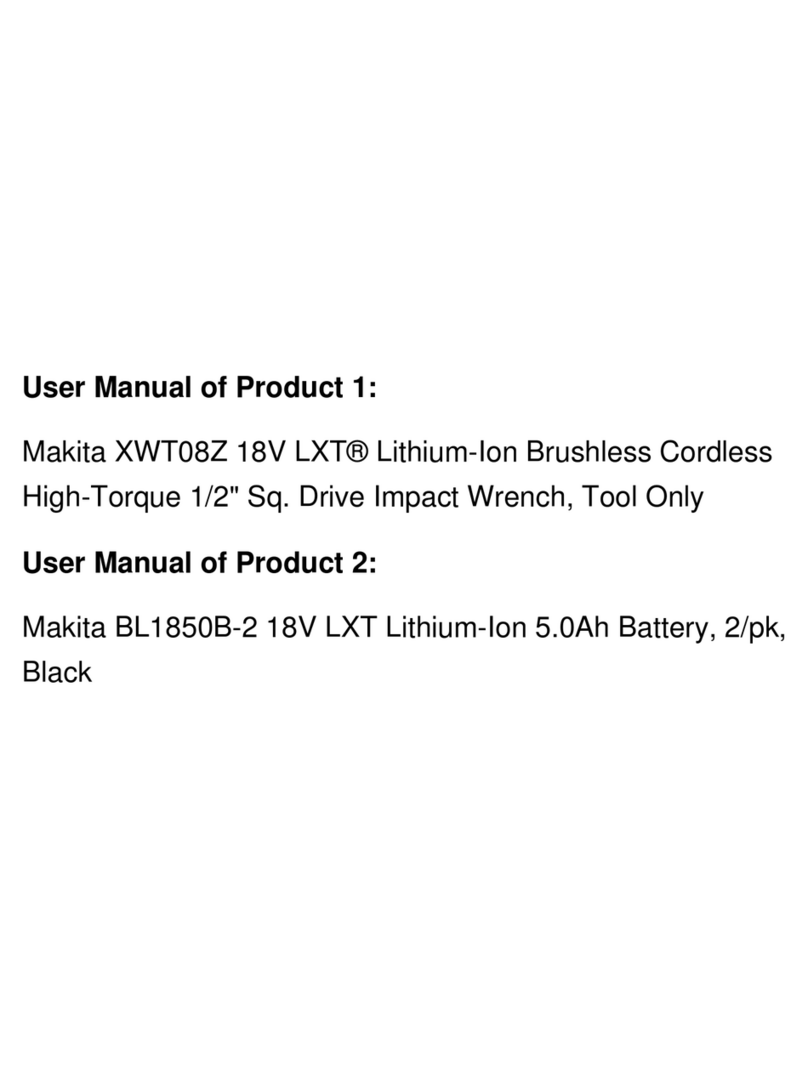
Makita
Makita XWT08Z User manual
Popular Power Tools manuals by other brands
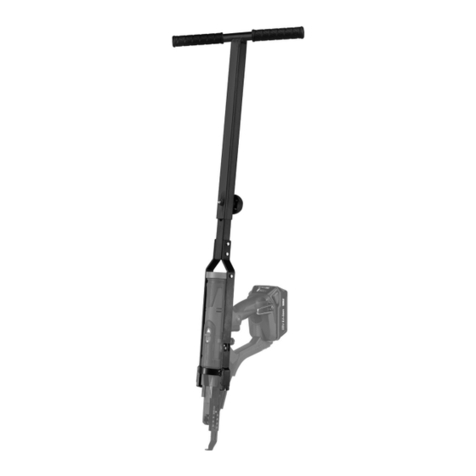
Senco
Senco DuraSpin ExTPro installation instructions
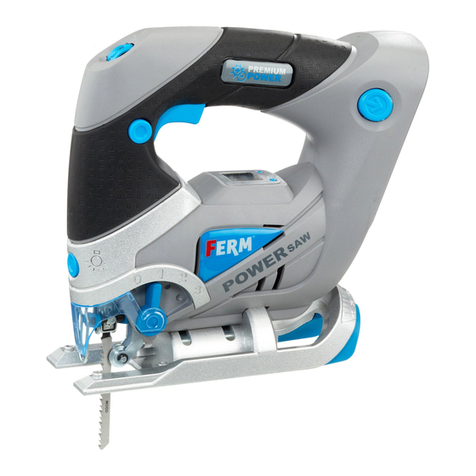
Ferm
Ferm JSM1020 Original instructions

Milwaukee
Milwaukee M12 FUEL 2559-20 Operator's manual
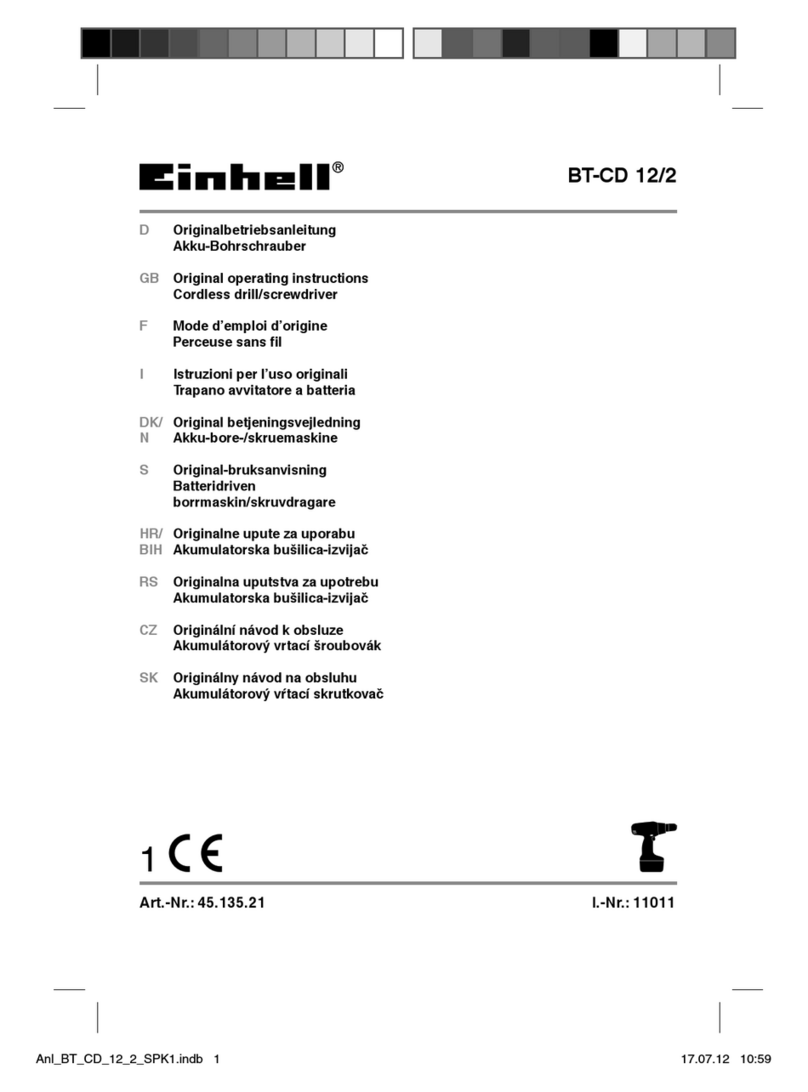
EINHELL
EINHELL BT-CD 12/2 operating instructions
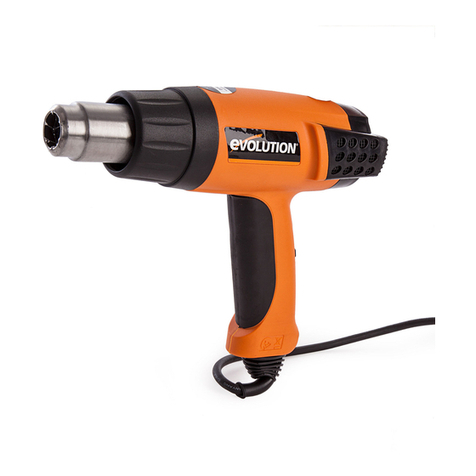
Evolution
Evolution HDG200 instruction manual
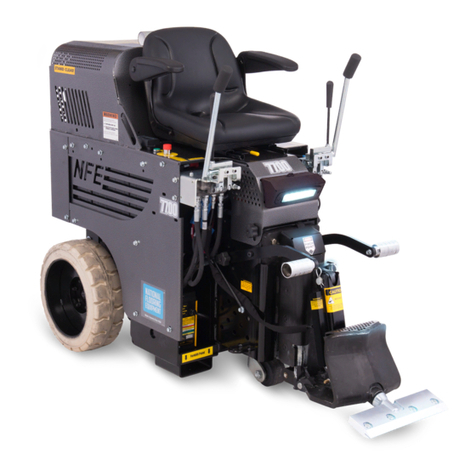
National Flooring Equipment
National Flooring Equipment 7700 Service manual
